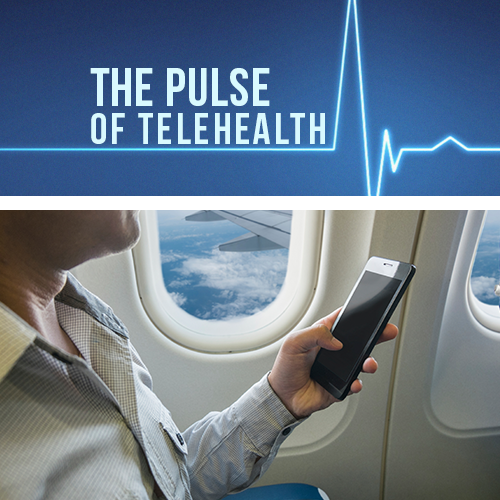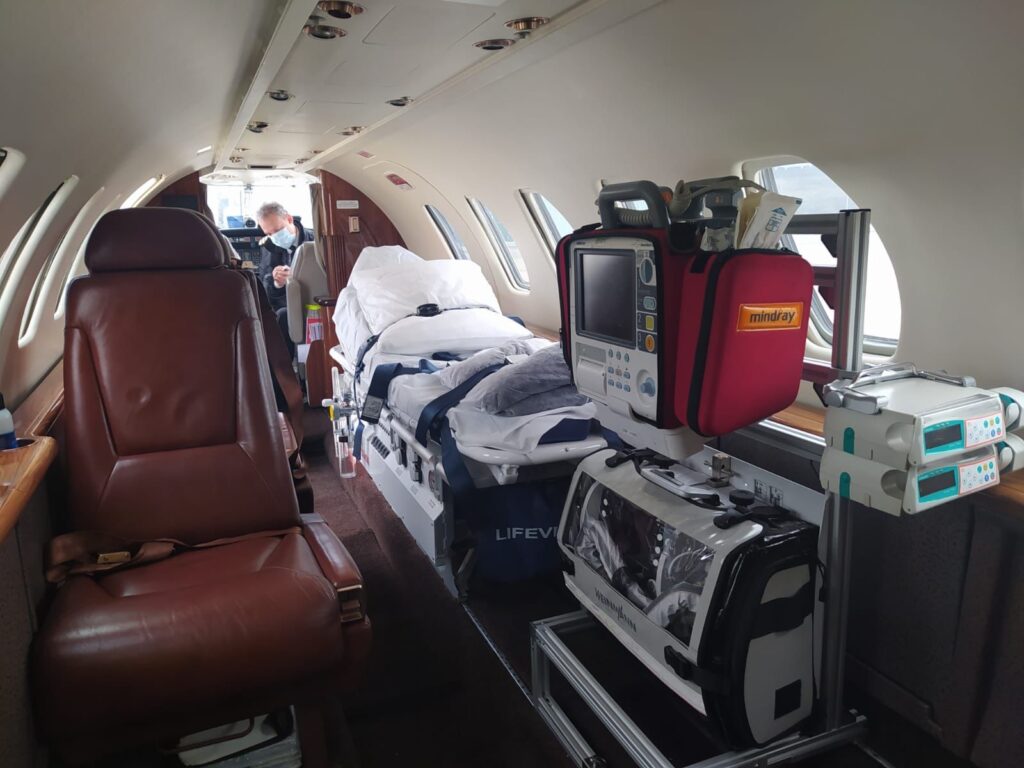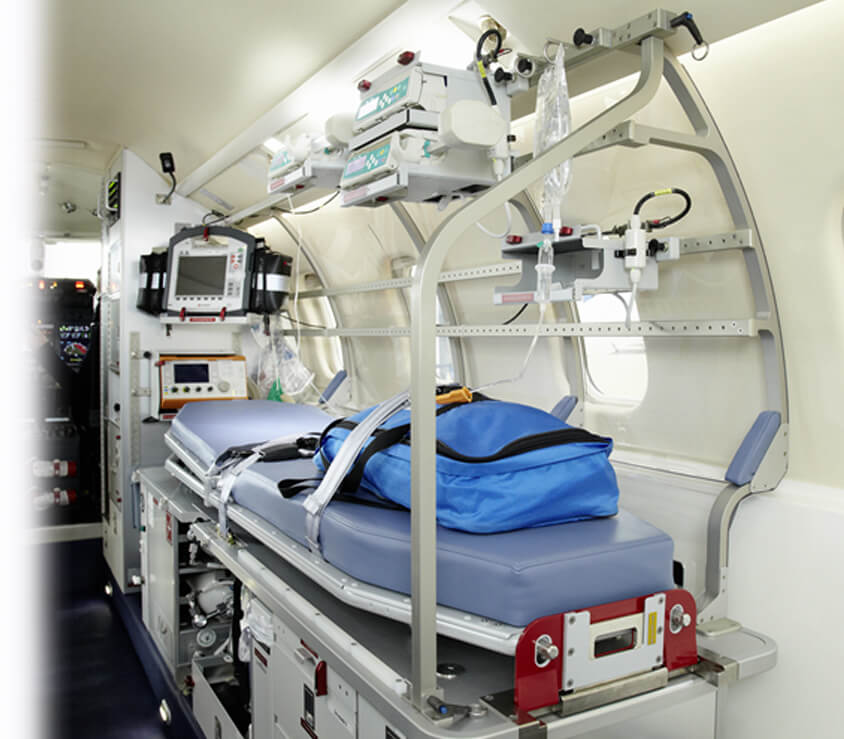Imagine you’re on a flight, cruising through the clouds, when suddenly a medical emergency arises. You panic, unsure of what to do. But what if I told you that there’s a way to bring medical expertise right to the skies? That’s where telemedicine comes in. Thanks to advancements in technology, doctors can now provide virtual consultations during air transports, ensuring that critical medical care is just a video call away. In this article, we’ll explore how telemedicine is revolutionizing the way medical emergencies are handled in the air, and how it’s taking patient care to new heights. So fasten your seatbelts and get ready to discover the incredible world of telemedicine in the sky.
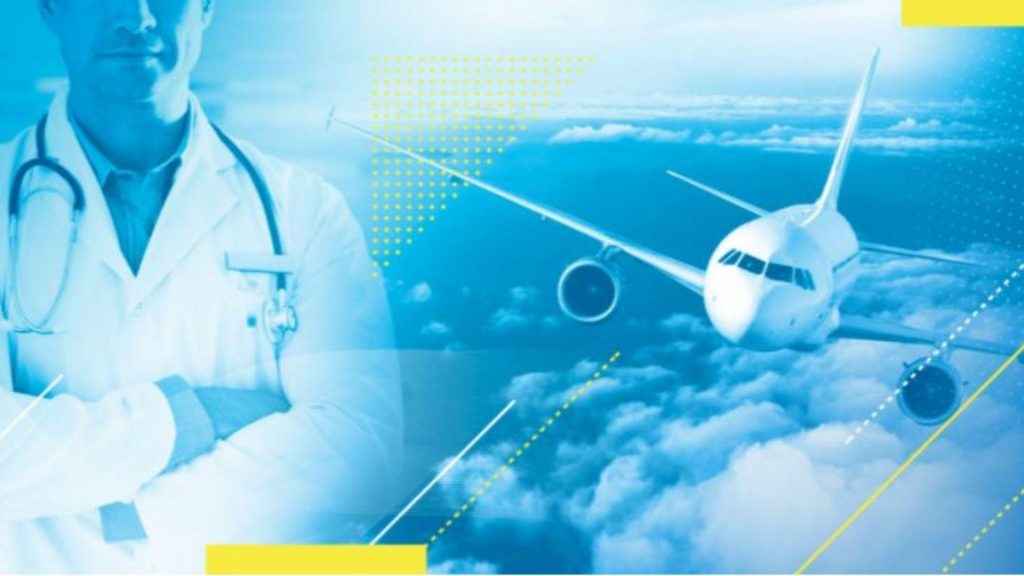
What is telemedicine?
Definition of telemedicine
Telemedicine refers to the practice of providing medical consultations and healthcare services remotely, using telecommunications technology. It allows healthcare professionals to evaluate, diagnose, and treat patients who are located at a distance, without the need for physical in-person visits. Through the use of telecommunication tools and equipment, patients and medical experts can connect in real-time, ensuring timely and efficient healthcare delivery.
How telemedicine works
Telemedicine operates through the use of various technologies such as video conferencing, phone calls, secure messaging, and remote monitoring devices. When a patient requires medical assistance during an air transport, telemedicine allows the crew members or onboard medical professionals to establish a secure connection with a specialized medical expert on the ground. This expert can assess the patient’s condition remotely, provide guidance to the onboard medical personnel, and make critical treatment decisions. By leveraging telecommunication tools, telemedicine enables the delivery of high-quality care regardless of physical location.
The need for consultations during air transports
Challenges faced during air transports
Air transports, especially in emergency situations, present unique challenges that can significantly impact patient care. The limited space, motion, and altitude changes can make it difficult for medical professionals to accurately assess and diagnose patients. Additionally, the need for immediate decisions and actions can add to the stress and pressure experienced by medical personnel in-flight. The lack of access to specialized medical expertise during air transports further complicates the already complex medical scenarios.
Importance of medical consultations
Medical consultations during air transports are crucial to ensure appropriate and timely care for patients. These consultations provide an extra layer of expertise that can aid in the accurate diagnosis and treatment of medical conditions. By connecting with medical professionals on the ground, onboard medical personnel can receive real-time guidance and support, reducing the risk of errors and improving patient outcomes. Medical consultations also help facilitate the coordination of care between different healthcare providers, ensuring seamless transitions and continuity of treatment.
Benefits of telemedicine in air transports
Telemedicine offers numerous benefits for air transports, enhancing the overall quality of care provided to patients. Firstly, it enables immediate access to specialized medical experts who may not be physically present onboard the aircraft. This rapid access to expertise can prevent delays in diagnosis and treatment, potentially saving lives. Additionally, telemedicine consultations reduce the need for unnecessary diversions or landings, as medical personnel can obtain expert guidance without interrupting the flight. This not only saves time but also reduces the risk of complications associated with changing altitude and transport logistics.
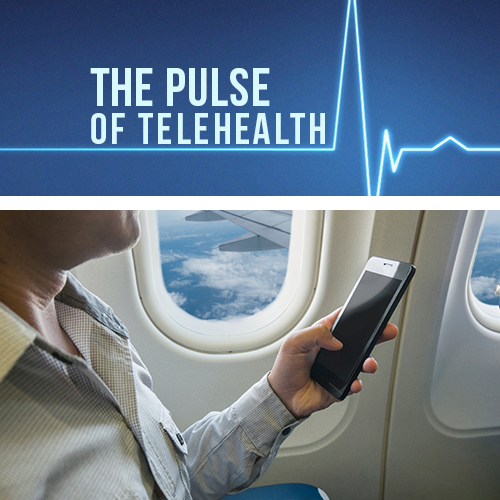
Telemedicine equipment on air ambulances
Types of telemedicine equipment used
Air ambulances are equipped with a variety of telemedicine equipment to enable effective communication and medical consultations. These may include high-definition video cameras, audio equipment, and secure telecommunication systems. Some air ambulance units may also have specialized telemedicine carts or stations that provide a centralized hub for medical personnel to connect with experts on the ground. Additionally, remote monitoring devices and diagnostic tools may be utilized to transmit vital signs and other relevant data in real-time.
Features and functionality of telemedicine equipment
Telemedicine equipment on air ambulances is designed to optimize communication and facilitate remote medical consultations. High-quality video cameras allow medical experts to visually assess patients and guide onboard medical personnel in performing certain procedures. Audio equipment ensures clear and reliable communication, while secure telecommunication systems protect patient privacy and confidentiality. Remote monitoring devices enable the real-time transmission of vital signs, ensuring that critical information is available for accurate assessment and treatment planning.
Telemedicine consultations in-flight
How in-flight consultations take place
In-flight consultations through telemedicine involve establishing a secure connection between the air ambulance and a medical expert on the ground. When a medical concern arises, the onboard medical personnel initiate the consultation by contacting the designated telemedicine center or hospital. Through video conferencing or secure messaging platforms, the medical expert can visually assess the patient, review vital signs, and communicate directly with the onboard medical team. This collaborative approach allows for a comprehensive evaluation of the patient’s condition and helps determine the most appropriate course of action.
Communication methods used
Various communication methods are employed during telemedicine consultations in-flight. Video conferencing enables real-time visual interaction between the medical expert and the onboard medical personnel, facilitating the examination and assessment of the patient. Secure messaging platforms allow for the exchange of text messages, images, and other relevant data, ensuring efficient and effective communication. Additionally, phone calls are often utilized to provide immediate guidance and support when visual interaction is not feasible.
Ensuring patient privacy and confidentiality
Patient privacy and confidentiality are of utmost importance during telemedicine consultations in air transports. Strict adherence to privacy regulations, such as the Health Insurance Portability and Accountability Act (HIPAA), is crucial to safeguarding patient information. Secure telecommunication systems and encryption protocols are utilized to protect the confidentiality of patient data during transmission. Additionally, proper training and awareness among medical personnel about privacy and security requirements ensure the responsible handling of patient information.
Benefits of telemedicine consultations during air transports
Immediate access to medical experts
One of the key benefits of telemedicine consultations during air transports is the immediate access to specialized medical experts. Regardless of the location of the air ambulance, medical professionals can connect with experts on the ground who have specific knowledge and expertise in critical care. This rapid access to specialized guidance ensures that patients receive the most appropriate and up-to-date treatment options, improving both the accuracy and timeliness of care.
Reduced delays in diagnosis and treatment
Telemedicine consultations significantly reduce delays in the diagnosis and treatment of patients during air transports. By connecting with medical experts remotely, onboard medical personnel can quickly obtain expert opinions and recommendations. This eliminates the need for time-consuming diversions or landings to access medical facilities on the ground. Immediate access to expertise allows for prompt decision-making, ensuring timely interventions and reducing the risk of complications or deterioration in the patient’s condition.
Improved patient outcomes
With telemedicine consultations, the overall quality of care and patient outcomes during air transports can be significantly improved. The ability to access specialized expertise from the ground can help in making accurate diagnoses, developing appropriate treatment plans, and managing complex medical situations. The real-time guidance provided by medical experts ensures that medical personnel in-flight have the necessary support to deliver optimal care. Ultimately, this leads to better patient outcomes, higher survival rates, and improved recovery prospects.
Cost-effectiveness of telemedicine
Telemedicine consultations in air transports can also result in cost savings for both patients and healthcare systems. By reducing the need for unnecessary diversions or landings, telemedicine helps optimize flight routes and minimize additional expenses. The ability to access expert advice remotely eliminates the need to transport patients to medical facilities that may be geographically distant or not equipped to handle specific medical conditions. This cost-effective approach ensures that limited resources are allocated efficiently, benefiting both patients and the healthcare providers involved.
Training and qualifications of medical personnel for telemedicine consultations
Specific training requirements
Medical personnel involved in telemedicine consultations during air transports require specific training to effectively utilize telecommunication tools and equipment. They need to be trained in using video conferencing platforms, secure messaging systems, and remote monitoring devices. Additionally, they must be proficient in interpreting vital signs and other data transmitted in real-time. Training also includes knowledge of privacy regulations, proper documentation practices, and the ability to communicate effectively with medical experts. It is essential for medical personnel to stay updated on advancements and best practices in telemedicine to provide the highest level of care during air transports.
Licensing and certifications
Medical personnel participating in telemedicine consultations must possess the necessary licenses and certifications required by their respective medical boards. These certifications ensure that individuals have met the standards set forth by regulatory bodies and can safely practice telemedicine. Specialized training programs and certifications specific to telemedicine may also be available, further enhancing the skills and knowledge of medical personnel in this field. Compliance with licensure and certification requirements assures patients that they are receiving care from qualified professionals who are competent in both traditional and telemedicine practices.
Challenges and limitations of telemedicine in air transports
Connectivity issues
One of the primary challenges of telemedicine in air transports is potential connectivity issues. Due to the nature of airborne communications, there may be limitations in terms of bandwidth and signal strength. This can result in unreliable or intermittent connections, hindering effective telemedicine consultations. Dependence on satellite-based communication systems may also introduce additional latency or delays, affecting real-time communication between medical experts and onboard medical personnel. However, advancements in satellite technology and the development of more robust communication infrastructure continue to address these challenges and improve connectivity during air transports.
Technical difficulties
The complexity of telemedicine equipment and systems used on air ambulances can lead to technical difficulties. Equipment malfunction or compatibility issues may arise, compromising the reliability and effectiveness of telecommunication tools. Medical personnel must receive thorough training on the proper use and troubleshooting of telemedicine equipment to minimize technical disruptions during critical situations. Regular maintenance and system updates are essential to ensure the readiness and reliability of telemedicine equipment on air ambulances.
Legal and regulatory considerations
The implementation of telemedicine in air transports necessitates compliance with legal and regulatory considerations. Different jurisdictions may have varying regulations regarding the practice of telemedicine, patient privacy, and the use of telecommunication tools. It is crucial for air ambulance providers and medical professionals to understand and adhere to these regulations to avoid legal complications and ensure the ethical practice of telemedicine. Collaboration with legal and regulatory experts can help address any potential challenges and ensure compliance with the applicable laws and regulations.
Ethical considerations
Telemedicine consultations in air transports raise ethical considerations that need to be carefully addressed. The establishment of a patient-physician relationship, even through a remote consultation, requires ethical adherence to professional standards and codes of conduct. Medical professionals must ensure that patients fully understand the telemedicine process, its benefits, and any potential limitations. Safeguarding patient privacy and confidentiality is paramount, and measures must be in place to protect sensitive medical information. Furthermore, the ethical allocation of limited resources and the consideration of patient autonomy and consent should be prioritized in telemedicine consultations during air transports.
Integration of telemedicine into air ambulance operations
Collaboration between medical professionals and crew members
Effective integration of telemedicine into air ambulance operations requires collaboration between medical professionals and crew members. Clear communication protocols and standardized procedures should be established to ensure seamless coordination during telemedicine consultations. Medical professionals must effectively convey their recommendations to the onboard crew, who are responsible for executing the prescribed treatments and interventions. Regular training and simulation exercises that involve both medical personnel and crew members can reinforce this collaboration and optimize the delivery of care in air transports.
Standard operating procedures for telemedicine consultations
Developing standardized operating procedures for telemedicine consultations is crucial to streamline the process and ensure consistency in care delivery. These procedures should outline the steps involved in initiating and conducting telemedicine consultations, including clear guidelines for communication, data transmission, and documentation. Standard operating procedures help reduce errors, improve efficiency, and provide a framework for continuous quality improvement. They should be regularly reviewed and updated to reflect advancements in telemedicine technology and best practices.
Documentation and record-keeping
Proper documentation and record-keeping are essential in telemedicine consultations during air transports. Accurate and detailed documentation ensures the continuity of care, enables effective communication between healthcare providers, and mitigates potential legal or liability issues. Medical personnel must maintain comprehensive records of telemedicine consultations, including patient information, communication transcripts, relevant images or videos, and treatment plans. Secure and accessible storage systems for patient records should be implemented to protect patient confidentiality and facilitate information sharing among healthcare providers involved in the patient’s care.
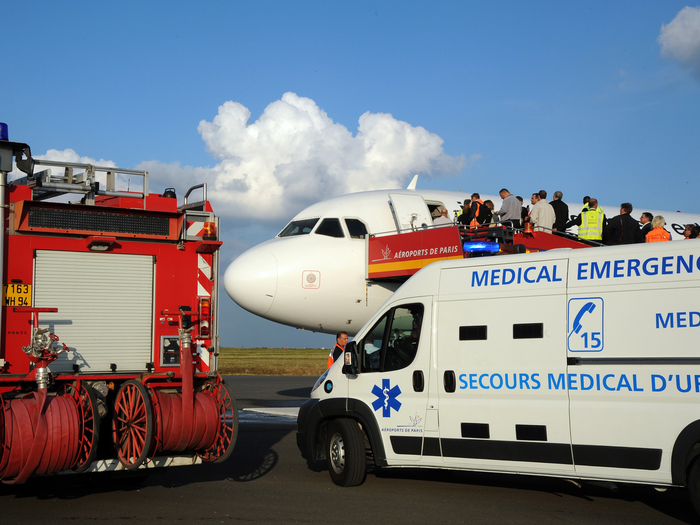
Case studies and success stories
Real-life examples of telemedicine in air transports
Numerous real-life examples highlight the successful implementation of telemedicine in air transports, benefiting patients and healthcare providers alike. For instance, a critical care team remotely guided the in-flight management of a severely injured trauma patient, ensuring appropriate treatment and reducing the need for diversion. In another case, a telemedicine consultation during an air transport facilitated the diagnosis of a rare medical condition, allowing for immediate intervention and preventing potential complications. These examples demonstrate the potential of telemedicine to positively impact patient outcomes in the context of air transports.
Positive outcomes and impact on patient care
Telemedicine consultations during air transports have been shown to have a significant positive impact on patient care. Studies have indicated reduced mortality rates, improved clinical decision-making, and decreased transportation-related risks as a result of telemedicine interventions. The timely access to expert guidance and the ability to remotely monitor and manage patients’ conditions have been instrumental in delivering appropriate and effective care during air transports. The success stories and positive outcomes associated with telemedicine further validate its importance and potential in enhancing patient care during air transports.
Future prospects and advancements in telemedicine for air transports
Emerging technologies and innovations
The future of telemedicine in air transports is promising, with ongoing advancements in technology and innovation. Emerging technologies, such as augmented reality and artificial intelligence, hold the potential to further enhance telemedicine capabilities. Augmented reality can provide real-time visual overlays and guidance to onboard medical personnel, aiding in complex procedures. Artificial intelligence algorithms can assist in the analysis and interpretation of medical data, improving diagnostic accuracy and treatment recommendations. Continued investment in research and development will drive the integration of these technologies into telemedicine practices for air transports.
Potential improvements in telecommunication
Telecommunication infrastructure and connectivity are expected to improve in the future, addressing the current challenges faced during telemedicine consultations in air transports. Advancements in satellite-based communication systems, higher bandwidth availability, and increased signal strength will enhance the reliability and real-time nature of telecommunication during flight. The development of secure and encrypted communication protocols will further ensure the privacy and confidentiality of patient data. These advancements will contribute to the seamless integration of telemedicine into air ambulance operations, optimizing patient care during air transports.
Research and development in telemedicine
Research and development efforts in the field of telemedicine for air transports continue to drive innovation and improvement. Ongoing studies focus on optimizing telecommunication technologies, exploring the use of remote monitoring devices, and enhancing the interoperability of telemedicine systems. These research initiatives aim to develop evidence-based guidelines, best practices, and standards for telemedicine consultations in air transports. Collaboration between healthcare providers, telecommunication experts, and regulatory bodies is vital to foster the advancement of telemedicine in the context of air ambulance services.
In conclusion, telemedicine plays a crucial role in ensuring efficient and effective healthcare delivery during air transports. By enabling remote consultations between medical experts and onboard medical personnel, telemedicine provides immediate access to specialized knowledge, reduces delays in diagnosis and treatment, improves patient outcomes, and offers cost-effective solutions. The integration of telemedicine into air ambulance operations requires collaboration, standardized procedures, and proper training of medical personnel. While facing challenges such as connectivity issues and ethical considerations, the future of telemedicine in air transports holds immense potential with emerging technologies, improved telecommunication, and ongoing research and development efforts.
